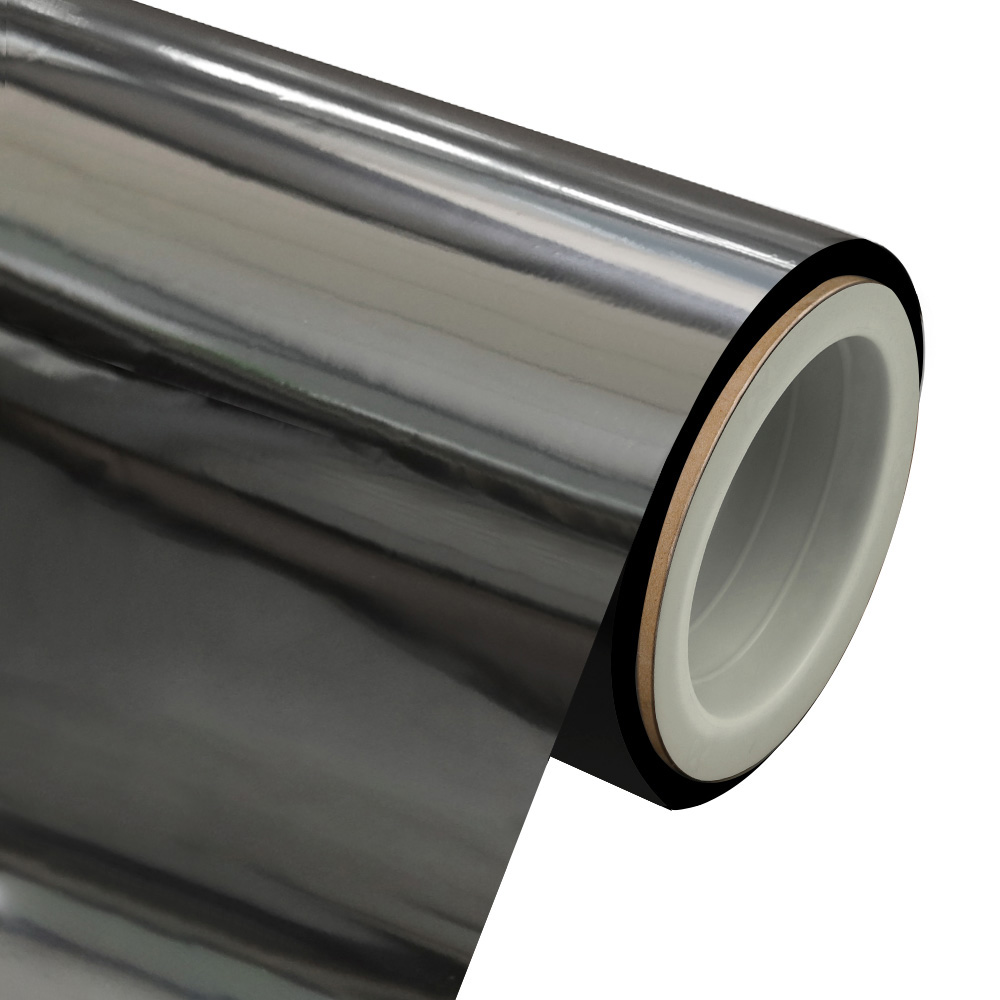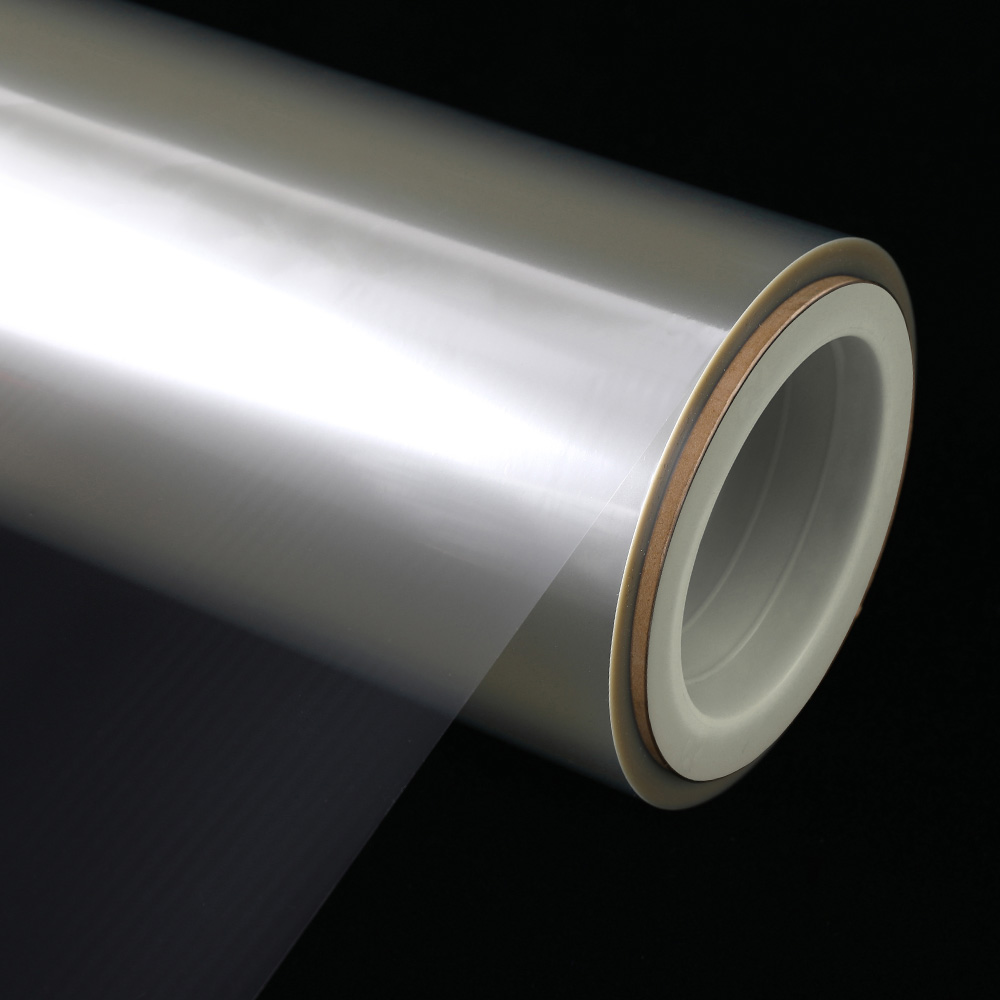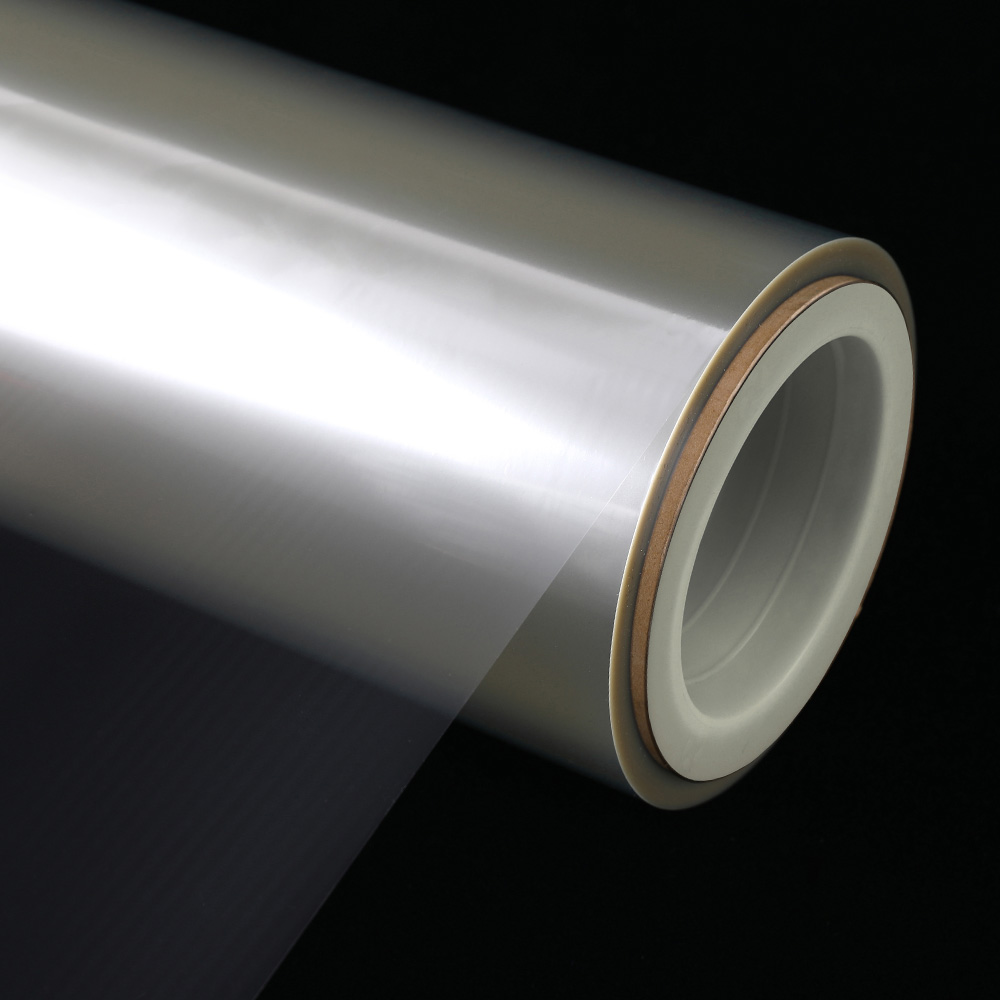How do coating parameters work together to shape the quality of PVA coated BOPA films?
In the production of PVA coated BOPA film, the process parameters of the coating process jointly determine the quality of the PVA coating through a precise synergistic mechanism, which in turn affects the barrier properties and application value of the film. From the basic variable of PVA solution concentration to the dynamic coordination of viscosity, coating speed and coating roller temperature, the adjustment of each parameter is like the calibration of a precision instrument. Even a slight change may break the balance and affect the performance of the final product. As the core factor in regulating coating performance, the concentration of PVA solution directly determines the basic properties of the solution and coating performance. When the concentration is too high, the PVA molecules are highly dense in the solution and the intermolecular interactions are enhanced, resulting in an exponential increase in the viscosity of the solution. This high-viscosity solution has extremely poor fluidity during the coating process and is difficult to spread evenly on the surface of the BOPA substrate, which easily leads to local accumulation or streak-like defects. These uneven coatings not only affect the appearance, but also lead to inconsistent barrier properties, causing the protective ability of certain areas of the film to be significantly reduced. On the contrary, if the solution concentration is too low, the number of PVA molecules is insufficient, and a continuous and dense coating structure cannot be formed after coating. The presence of a large number of pores provides a permeation channel for small molecules such as oxygen and water vapor, seriously weakening the barrier effect of the film. Therefore, accurate adjustment of the concentration of PVA solution is the primary prerequisite for ensuring coating quality. There is a delicate dynamic balance between solution viscosity and coating speed. The viscosity of PVA solution will change with factors such as concentration and temperature, and solutions of different viscosities require different speeds when coating. When the viscosity of the solution is high, its internal resistance is large and its fluidity is weak. If the coating is maintained at a high speed, the solution will not have time to fully spread on the surface of the substrate and will be squeezed by the subsequent solution, resulting in tailing, wrinkles and other phenomena, which will destroy the flatness and uniformity of the coating. At this time, the coating speed needs to be reduced to give the solution enough time to flow on the BOPA surface and form a uniform coating. On the contrary, for low-viscosity PVA solutions, if the coating speed is too slow, the solution will flow excessively on the substrate, resulting in uneven coating thickness and even sagging or dripping. Therefore, operators need to flexibly adjust the coating speed according to the real-time detected solution viscosity to achieve dynamic matching between the two to ensure the uniformity and integrity of the coating. The temperature of the coating roller affects the rheological properties of the solution and the coating effect from another dimension. Moderately increasing the coating roller temperature can reduce the viscosity of the PVA solution, enhance its fluidity, and make it easier to spread evenly on the BOPA substrate, thereby reducing coating defects caused by viscosity. However, temperature control must be carried out within a reasonable range. If the temperature is too high, the solvent in the solution will evaporate faster and a skin will quickly form on the coating surface. This crusting not only affects the appearance quality of the coating, but also hinders the continued spreading of the internal solution, resulting in uneven coating thickness and even serious defects such as bubbles. In addition, excessively high temperatures may damage the BOPA substrate, affecting its mechanical properties and stability. Therefore, the control of the coating roller temperature needs to be coordinated with the solution concentration, viscosity and coating speed to promote the spreading of the solution while avoiding various problems caused by improper temperature. In the actual production process, the synergy between these parameters is more complicated. For example, adjusting the concentration of a PVA solution will not only change the solution viscosity, but also affect its sensitivity to temperature changes, requiring the coating speed and roller temperature to be re-matched. The advanced production system introduces intelligent monitoring and control systems to collect data such as solution concentration, viscosity, coating speed and roller temperature in real time, and uses algorithm models for analysis and prediction. When a certain parameter changes, the system can automatically calculate and adjust other related parameters to ensure that the entire coating process is always in the best state and achieve stable output of PVA coating quality. The coating process of PVA coating BOPA film is a precise "dance" of coordinated parameters. Solution concentration, viscosity, coating speed and coating roller temperature are interrelated and influence each other. Only through in-depth understanding and precise control of these parameters can a uniform, dense and stable PVA coating be formed on the BOPA substrate, giving the film excellent barrier properties and meeting the stringent requirements of high-end packaging fields such as food and medicine.


 English
English  中文简体
中文简体 





